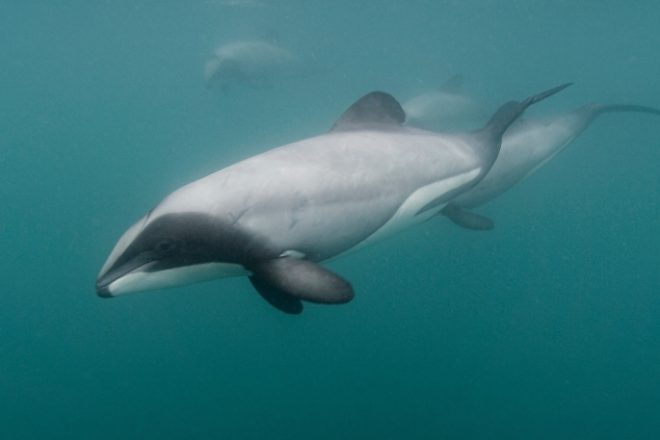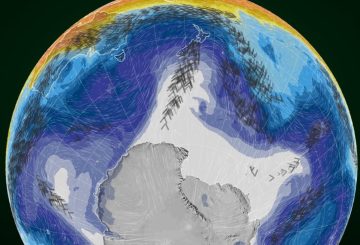Ang isang sample ng tisyu mula sa isang delphin ni Hector, na nakita sa baybayin ng Thames-Coromandel, ay nakatulong sa mga siyentipiko na maunawaan ang higit pa tungkol sa species at nakumpirma kung saan nagmula ang mga delphin. Noong Oktubre 2023, naipaalam ang Department of Conservation (DOC) tungkol sa pagtingin ng isang may sapat na gulang na babaeng dolpin na si Hector at isang bata sa Firth of Thames malapit sa Te Kouma.
Ang pagtingin na ito ay hindi pangkaraniwan at bihira para sa kanlurang baybayin ng Coromandel, na humahantong sa DOC na hikayatin ang publiko na mag-ulat ng mga katulad na paningin. Sa una, naniniwala ang mga siyentipikong dagat ng DOC na ang mga delfin ay maaaring mula sa populasyon ng Hector sa silangang baybayin ng South Island, na kalaunan ay nakumpirma ng pagsusuri ng sample ng tisyu.
Ipinaliwanag ni Kristina Hillock, DOC Marine Technical Advisor, na ang pagkuha ng sample ng tisyu mula sa isang delphin ay nagsasangkot ng paglapit sa hayop gamit ang isang espesyal na dart gun. Kinokolekta ng dart gun ang isang maliit na piraso ng laman, tungkol sa laki ng isang kuko, na pagkatapos ay ipinadala para sa pagsusuri ng DNA.
Ito ang unang pagkakataon na nakuha ang isang sample mula sa isang delphin ni Hector sa lugar na ito, na mahalaga para sa pag-unawa sa species. Ang pagpapatunay na ang mga delphin na ito ay nagmula sa populasyon ng South Island ay tumutulong sa mga siyentipiko na maunawaan ang higit pa tungkol sa pam
Idinagdag ni Hillock na karaniwang mayroong ilang mga paningin ng mga delphins ni Hector sa paligid ng silangang baybayin ng Peninsula ng Coromandel bawat taon. Patuloy na hinihikayat ng DOC ang publiko na iulat ang mga paningin ng mga delphins ni Hector. Maaaring mag-ulat ng mga tao ang mga paningin gamit ang isang espesyal na online form sa website ng DOC o sa pamamagitan ng pagtawag sa isang hotline. Kapag nag-uulat, dapat magbigay ang mga tao ng maraming impormasyon hangga’t maaari, kabilang ang petsa, oras, lokasyon, bilang ng mga Dolphin, at ang kanilang tinatayang laki. Ang mga larawan at video ay lubhang kapaki-pakinabang din.
Ang mga ulat ng mga patay na mga delphins ni Hector o Māui ay kapaki-pakinabang din. Kung ang mga hayop ay maaaring makuha ilang sandali pagkatapos ng kanilang kamatayan, makakatulong ito sa DOC at iba pang mga siyentipikong dagat na matuto nang higit pa tungkol sa species.






























































